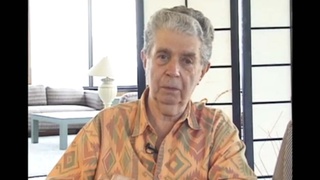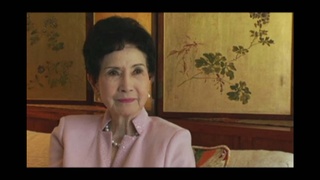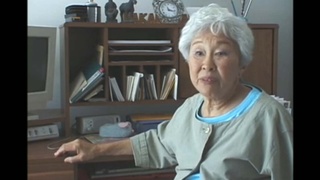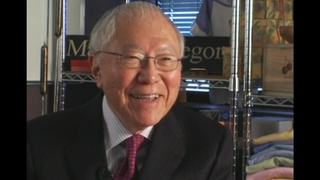Interviews
Discrimination in San Francisco
I did feel some discrimination in San Francisco, although, probably, it was much less than at the time the conflict took place back in early 1900’s. I was there 1929 to 1942. During that time we still had prejudice, jobs were hard to come by, and in fact I remember one time when there was a Dean Churnin, at the University of California. He was head of the graduate school for Social Work. I had applied and I got accepted. He calls me in and says, “Mr. Hoshiyama, why do you want a masters in social work, when there is no job for you out there. It’s much better that you take a job that will look better on your resume, than to have a masters which people won’t even accept, or even recognize for you.”
So, 1941, it indicates that even Dean Churnin was aware of the prejudice. The kind of job we used to get after getting college degree, 1941 Berkeley, was that all my co-graduates, unless they had a home or had a business of their own, worked for $50 a month at Grand Avenue as a clerk, or at a flower stand downtown, or at produce market, at $50 a month. That was not very open in terms of employment for the Japanese Americans at that time.
Date: March 4, 2005
Location: California, US
Interviewer: Florence Ochi, Art Hansen, Yoko Nishimura
Contributed by: Watase Media Arts Center, Japanese American National Museum
Explore More Videos

His testimony has more credibility because of his race
(1922 - 2005) Former U.S. Army counterintelligence officer

Gender discrimination in education field
(1925 - 2018) Nisei educator from Hawai‘i

First impression of New York City during war time
(1915 - 2011) Nisei florist who resettled in New York City after WW II. Active in Japanese American civil rights movement

Not bringing shame to family
(1926 - 2012) Scholar and professor of anthropology. Leader in the establishment of ethnic studies as an academic discipline

Past ties to present situation in Middle East
(1926 - 2012) Scholar and professor of anthropology. Leader in the establishment of ethnic studies as an academic discipline

Didn't have rights that whites had
(1922–2014) Political and civil rights activist.

Californians didn't know about evacuation
(1922–2014) Political and civil rights activist.

Her experience as a Japanese-American schoolchild in Oceanside, California, after the bombing of Pearl Harbor
(1924-2018) Artist and playwright.

Change in attitudes after World War II
(b. 1924) Political scientist, educator, and administrator from Hawai`i

Thoughts on the post-9/11 atmosphere in the U.S.
(1930-2018) Nisei born in Peru. Taken to the United States during WWII.

Dealing with racism within army unit in Korea
(b. 1939) Japanese American painter, printmaker & professor

Making the decision to resist the draft
(b. 1923) Nisei from Washington. Resisted draft during WWII.

Undergraduate studies interrupted following Pearl Harbor
(b. 1921) Nisei businessman. Established "Made in Oregon" retail stores

Difficulty getting work during World War II
(b. 1921) Nisei businessman. Established "Made in Oregon" retail stores

Discharged from the U.S. Army after Pearl Harbor
(b. 1918) Founder Azumano Travel
